Every parent hopes their child receives a solid science education. This is the case whether our children are homeschooled or attending a traditional school. Many parents, including myself, know we received very little “real” science education growing up and when it comes time to teaching or supporting science learning in our children, we tend to feel slightly inadequate. This doesn’t need to be the case!
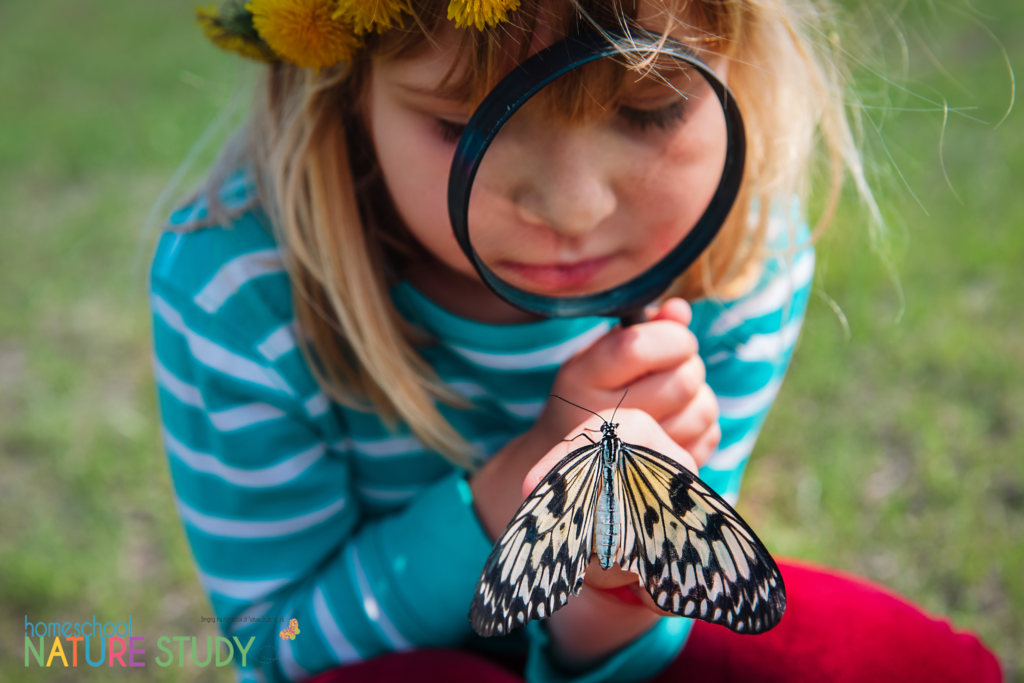
Jeannie Fulbright, Apologia Science Writer, inspired me to think about a living science beyond the books type of education and hands-on experience. To stop putting a time slot on the schedule for “science learning” and to start exploring the world with curiosity. To invite opportunities of discovery regardless of where we are or when it is during the day.
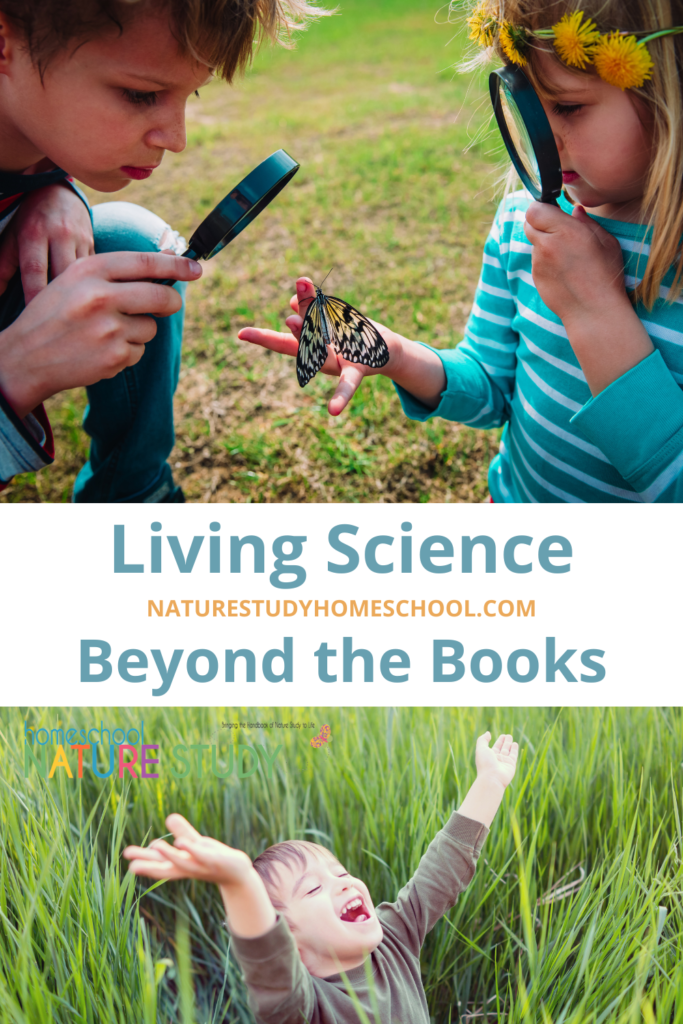
For our family, providing the opportunities for science as part of our every day life has been as easy as opening our back door and doing some exploring together. Books are a wonderful window to the world but true heartfelt science learning takes place when you learn about things you can see, touch, smell, and hear. You might enjoy some tips from our post: 30 Backyard Family Activities.
Living Science Beyond the Books
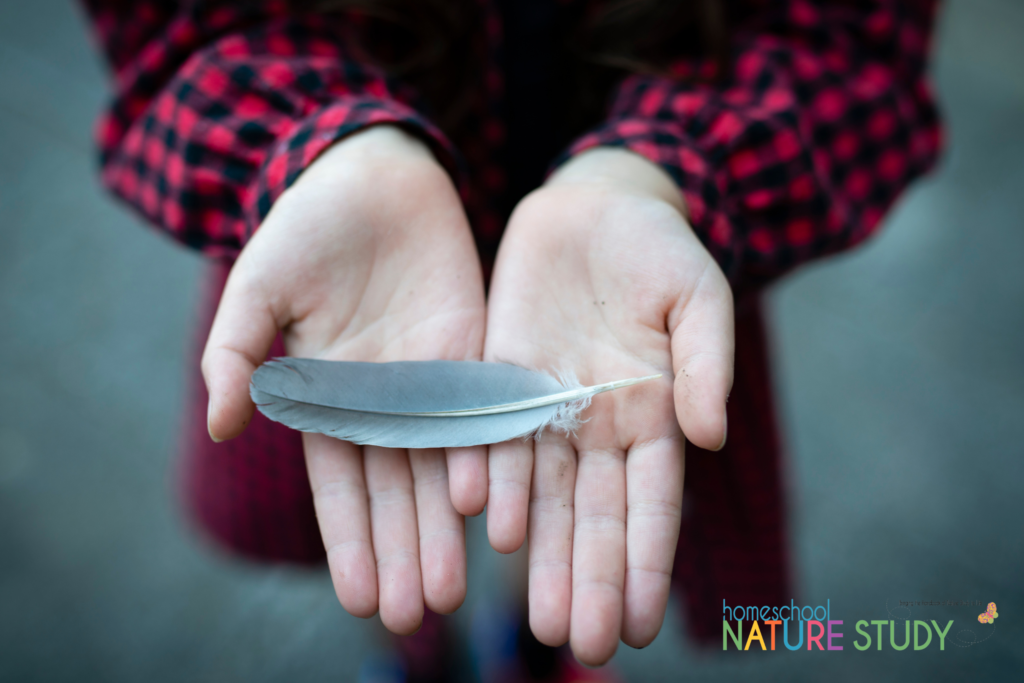
Birds in a book are great but birds in your very own feeder are a living and breathing example to learn from. We have found what works best is observation first and then facts. For example, we learned more by trying to identify these feathers…using a feather identification key for the first time, reasoning on which birds we see in our backyard, and then narrowing it down to a few bird choices. We had to learn the different kinds of bird feathers and make careful observations about color and pattern. So much to build on from just this simple feather find from our backyard.
Homeschool Nature Study Members can print this Feather Coloring Page to try and replicate feather patterns. Or find more Bird Activities and Learn About Birds for Preschoolers.
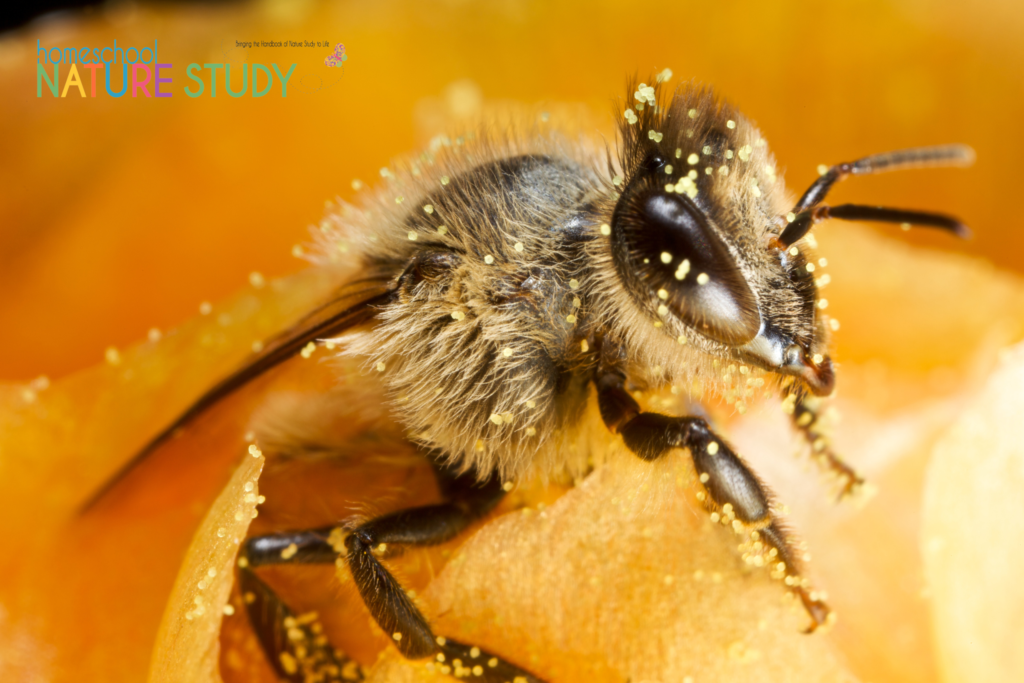
Learning about pollen in a book is interesting but seeing it on a flower, watching a bee covered in it, and then perhaps looking at the flower pollen with a hand lens takes the lesson on pollen to a whole new dimension. Suddenly you care about the pollen…it means something. My son noticed the little yellow specks on flowers in our yard, so we brought them inside for closer inspection…pollen! No wonder the bees are swarming around this plant in our yard!
Fearful of Nature?
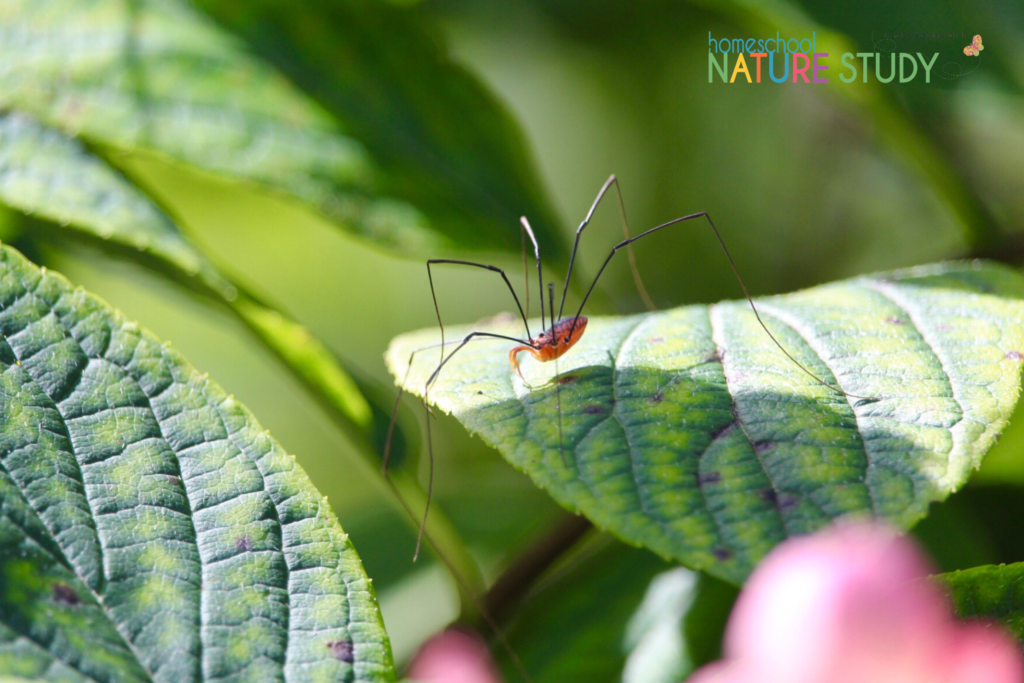
My youngest son hates spiders. He found a spider on a leaf and we spent some time watching it together. Direct observation of a spider takes the fear away and allows the awe to settle in for such an amazing living creature. Living science beyond the books is the best kind of learning for science. Books are there to support and generate interest! But remember to get outside to observe it.
“Nature study, as far as it goes, is just as large as is science for “grown-ups”. It may deal with the same subject matter and should be characterized by the same accuracy. It simply does not go so far.”
Anna Botsford Comstock, Handbook of Nature Study
She supports the idea that beginning with nature study and observation we can build on those ideas and experiences and go farther with more formal science. For a complete picture of how she outlines nature study for families, read the introductory pages of the Handbook of Nature Study (pages 1-24).
“Adults should realize that the most valuable thing children can learn is what they discover themselves about the world they live in. Once they experience first-hand the wonder of nature, they will want to make nature observation a life-long habit. All people are supposed to be observers of nature and there’s no excuse for living in a world so full of amazing plants and animals and not be interested in them.”
Charlotte Mason, Volume 1
So, I think we are in good company. We can provide or support science education in our homes if we remember to take advantage of opportunities that present themselves. Open eyes, open hearts, and then open minds to enjoy living science.
Homeschool Nature Study Membership
Join us for even more homeschool nature studies for all the seasons! With a nature study each week, you will have joyful learning leading all the way through the homeschool year for all your ages!
Not yet a Homeschool Nature Study Member? We’d love for you to join us and take advantage of the numerous studies – already planned out for you, craft ideas, free worksheets, and #outdoorhourchallenge fun! Become a member and bring the love of learning nature and science easily into your home.
Be inspired. Be encouraged. Get outdoors!
Written by Barb McCoy. Updated and new resources created by Stef Layton.

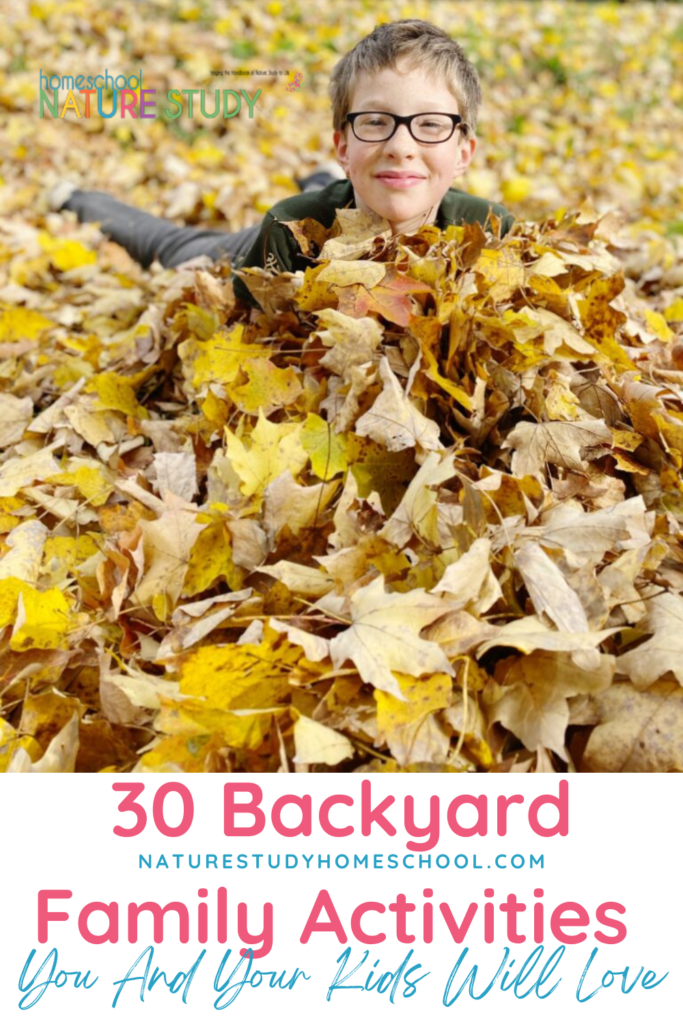
This is a wonderful post, Barb. Don’t get me started on all the science learning you might not even find in a book.
Case in point: Last week we spotted a spider devouring a bee inside of a flower. We wondered whether our eyes were deceiving us, then researched & discovered that indeed spiders will eat bees if given the opportunity.
Thanks Debi…means a lot coming from you. 🙂
Nature Rock On.
I love the idea of this kind of science exploration. But in honesty, it scares me even more than book-science. I’m afraid of teaching my children the wrong things, and I’m not confident enough in my own ability to search out the right identity of what we see. Flowers in my backyard look so much different from what I see in a field guide.
The Handbook of Nature Study helps you get over the fear of doing it wrong. Anna Botsford Comstock stresses that you don’t need to know everything and you can tell your children that as you come across things you don’t know what they are. I have found learning alongside my children has been the best model for them and we just take it one plant, animal, and tree at a time. It is a life journey that is sweet, sweet, sweet.
If you read the intro pages to the Handbook of Nature Study you will gain some confidence. I referred to the online version in the original post. 🙂
Thanks, Barb, for this excellent statement about the value of nature study. Two things that are so important to science are observation and curiosity. You can’t teach either from a workbook but you can give yourself and your child a chance to develop these skills by going outdoors and watching the world. Thank you for putting that into words (and pictures!) so eloquently. I am sure this post will be linked to many times as proof that nature study is, indeed, sound science education.
HONS is such a great resource! and like you said, when nature study (which doesn’t have to be much more than ‘nature watching’ ie., close observation, attention to detail and occasional attempts at a sketch and/or narration of the object) is made part of life, science studies come more naturally and seem much less fearful 🙂
thanks! as always your post is an encouragement.
amy in peru